Resources
Resources
Stay up to date with the latest news, opinions and free resources from Device Authority.
From company announcements, expert opinion on the latest IoT security issues or helpful guides to support your own organization, use our filters below to find the resources most useful for you.
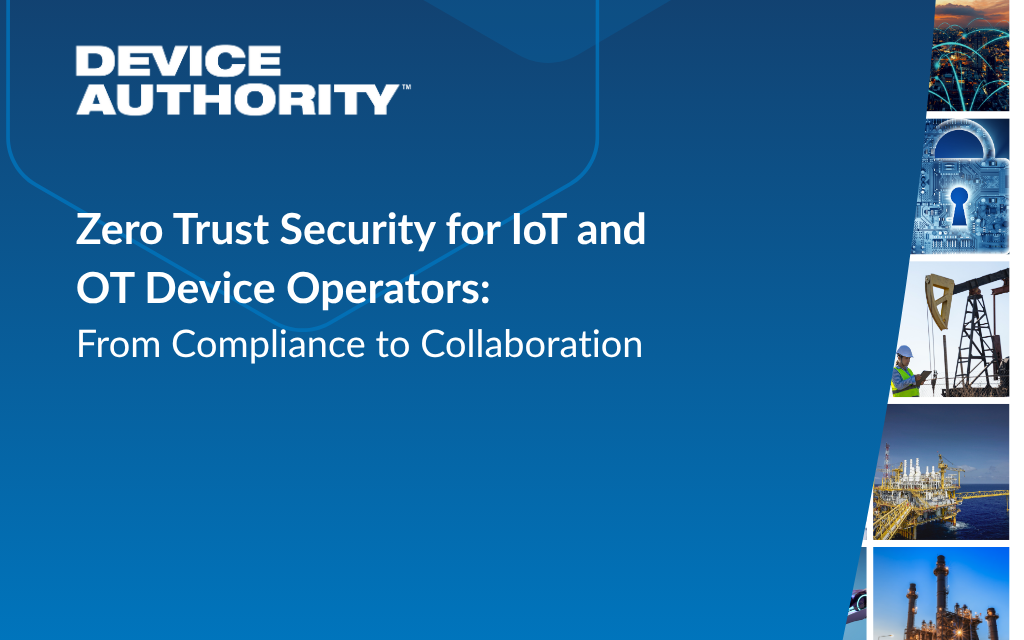
Zero Trust for IoT and OT: A Clear Path from Compliance to Confidence
Connected devices are powering transformation in every sector, whether it’s smart meters in energy, robotic arms in manufacturing, or infusion pumps in healthcare. But alongside innovation comes risk. More than 50% of connected devices have a known vulnerability, and with security breaches in IoT rising year over year, it’s no longer enough to bolt on protection after the fact.

Zero Trust Security for IoT and OT Device Operators: From Compliance to Collaboration
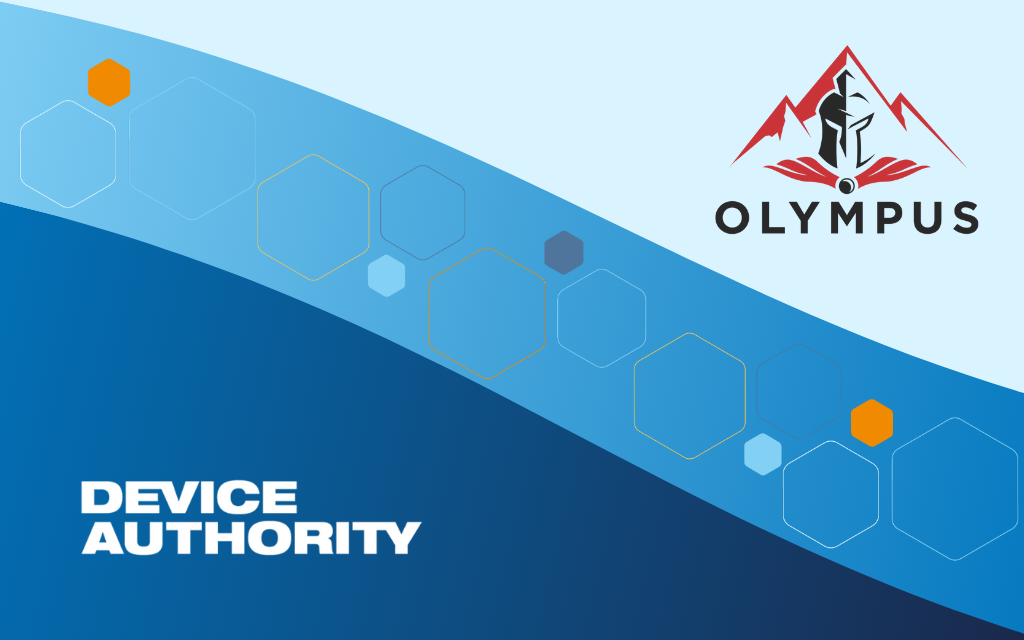
Device Authority and Olympus Solutions Announce Strategic Partnership to Deliver Scalable, Automated IoT Security
Device Authority, the global leader in automated identity lifecycle management for connected devices, today announced a strategic partnership with Olympus Solutions, a recognized expert in device identity, authentication, and governance. This collaboration will provide organizations with comprehensive, integrated solutions to address the escalating security and compliance demands of complex IoT ecosystems.
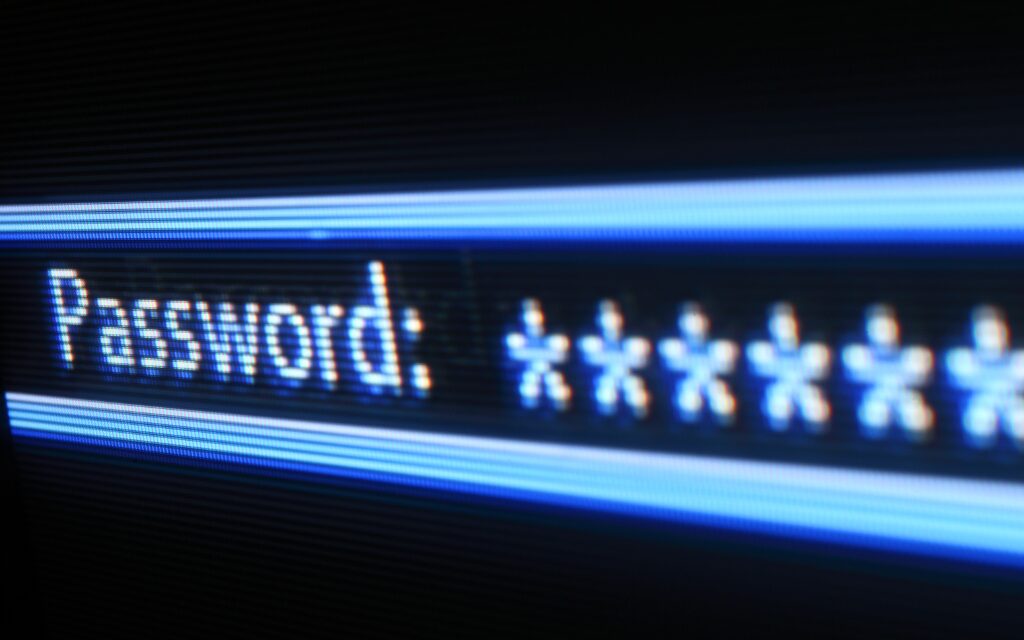
When “1111” Isn’t a Safe Combo
A recent article in The Hacker News highlights an all-too-common—and often overlooked—cybersecurity risk in connected manufacturing systems: default passwords. In one case, Iranian hackers managed to access a U.S. water pressure station serving 7,000 people simply by using the factory-default PIN “1111” (thehackernews.com).
What’s more alarming? Research shows that one in five IoT devices is still operating with default credentials intact. These weak, shared passwords are like low-hanging fruit for attackers—they’re well-known, easy to find, and routinely ignored .

Keyscaler 2025 Demonstration

Keyscaler Discovery Demonstration

What to Expect from the UK Cyber Security & Resilience Bill
In April 2025, the UK government released its Cyber Security & Resilience Bill policy statement—marking a major overhaul of the UK’s cyber regulations. This introduces sweeping changes that will resonate deeply with IoT/OT device operators and manufacturers alike.
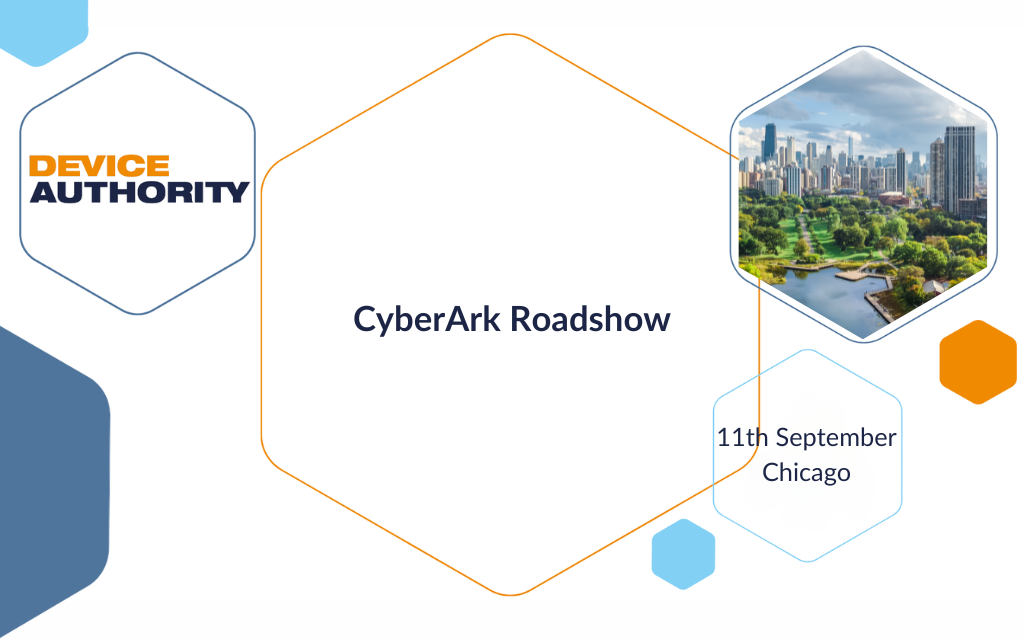
CyberArk Roadshow
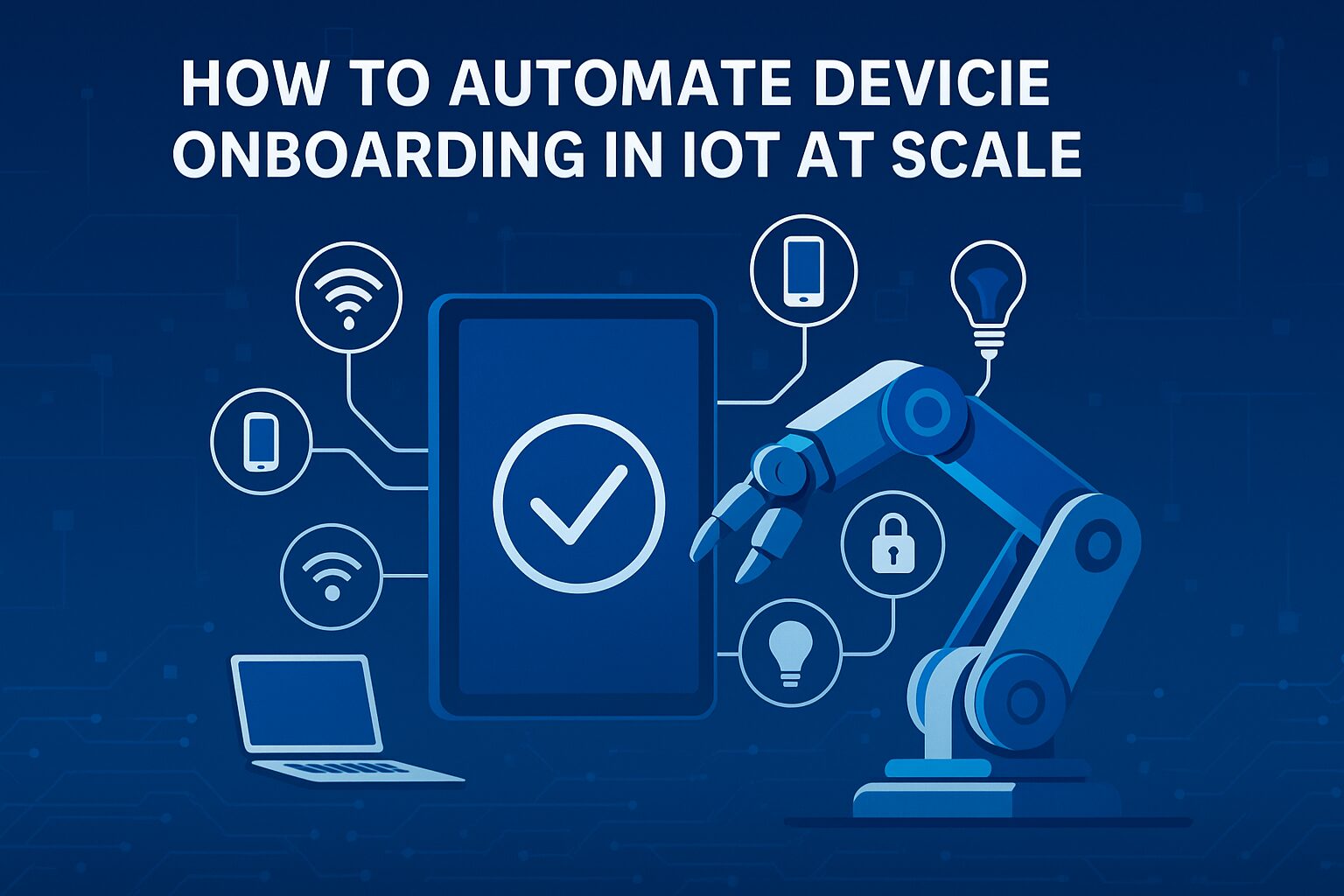
How to Automate Device Onboarding in IoT at Scale
Understanding the Device Onboarding Challenge

